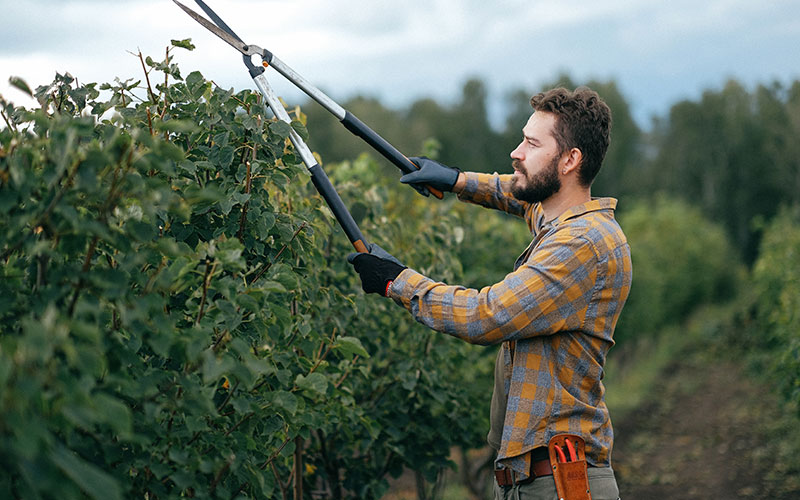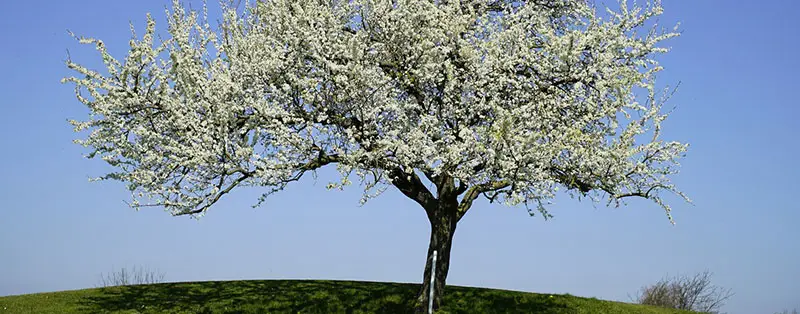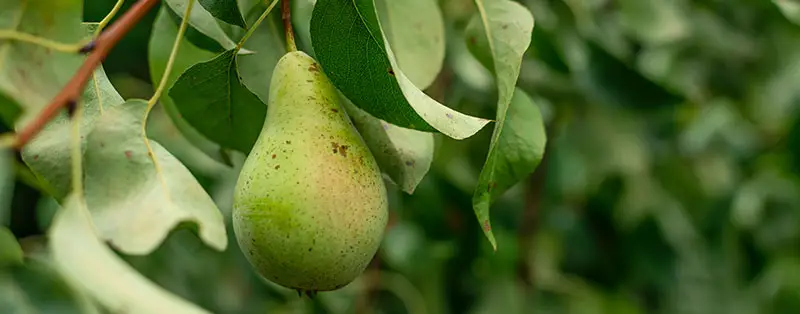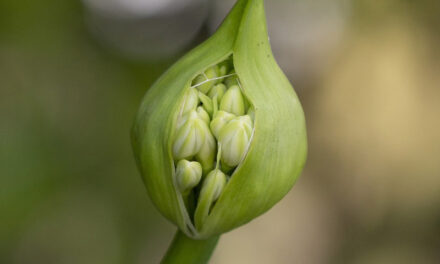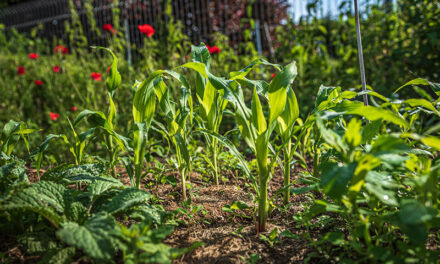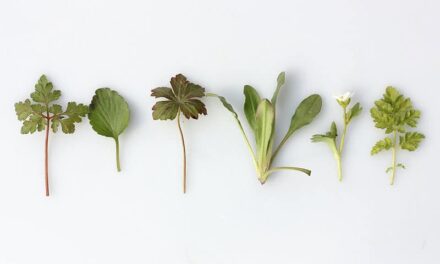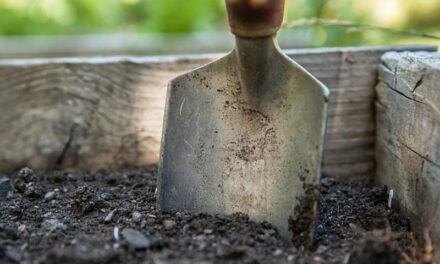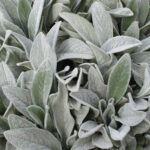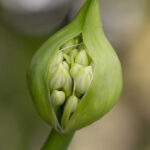Pruning a pear tree in the right way will encourage and help produce fruiting wood, ensuring healthier and better fruits. That is because the tree can put its energy into fresh branches this way instead of unnecessary branches. Pruning is done in the cold winter months, when the leaves and fruits are off the tree and it is not freezing anymore.
Actually, pruning a pear tree is much like pruning an apple tree. Read more about the apple tree here.
Pruning pear tree
The pear tree blooms and bears fruit every year when it reaches the point of maturity. Some older pear trees no longer bear fruit, but they can last for many years as an ‘ordinary’ tree. With its whimsical characteristic shape, it is an addition to your garden.
Basically, you prune the shape of the tree in the winter and remove the upright new shoots during the spring. Read more about about the pear tree and maintenance tips.
When to prune a pear tree
The ascending shoots give blossoms and fruits, but because they grow upwards, the fruits will hang under each other. Therefore, the best thing to do is to prune these branches away. You can do this throughout the entire year. If you want to adjust the shape of your tree and make the tree look wider, you can bend a shoot on the outside of the already existing branch outwards and hang some weight on it, so that it will grow outwards. You can achieve the same effect by tying the branch with a rope instead of hanging some weight on it. The blossoms and pears that will grow on this branch will hang down enabling them to get enough sunlight.
Maintenance pruning is done in the winter, between December and February, when the leaves have fallen from the tree and the fruits have been picked.
Pruning after moving a pear tree
After planting your pear tree, it is necessary to do some pruning right away. You should also roughly prune the part that you lost in the roots. So suppose you lose 1/5 part of the roots, that means that you also have to prune about 1/5 of the tree above the ground.
How to prune a pear tree
The goal of pruning a pear tree is to create a balanced crown. A second – but not any less important – goal is to stimulate fruit growth. A pear tree only bears fruit after 6 to 8 years, so in the first years it is mostly all about topiary.
In the first year you will determine the shape of the tree. Prune the top, leaving 4 to 5 branches that will form the base of the tree. In the second year, 3 to 4 more branches are added. The remaining you prune away. The tree will now grow and form a good base. Prune the top and branches 20 to 30 centimeters from the trunk. It is best to keep the branches at an angle of approximately 45 degrees to the tree.
The following years you repeat this pattern in your growing pear tree, by pruning the basic branches and removing the rotten parts. It is best to remove 1 of the crossing branches as well. This makes sure that the fruits do not get in each other’s way in the future. You also prune the vertically growing branches away.
Keep up with the tree in late spring and summer season by completely snipping the vertical shoots on the main branches. The tree can then put its energy into the growth of the permanent branches, the trunk, and in a later stage in the formation of blossoms and fruits.
What tools are needed?
Depending on how thick your branches are and how high they hang, you can choose your tools.
- Loppers are the easiest and fastest tree pruning tool. You can quickly prune many branches with it.
- With a pruning saw you can saw the branches from your tree. You can choose between a handsaw and a telescopic saw.
- Pruning shears are used to prune the smaller and thinner branches from your tree. You have a variety of choices for this kind.
When you put your tools away make sure that they are dry and clean. This will help them remain as sharp as they are so you can continue to make the best use out of them.
Sharp and good materials are the easiest to work with, they make your task less difficult and your tree or shrub does not suffer any unnecessary damage.
If you want to know more about pear trees click here to read more about pear trees, maintenance and care. Planning to get a pear tree? Don’t forget to check Pear tree types, 11 awesome varieties.

